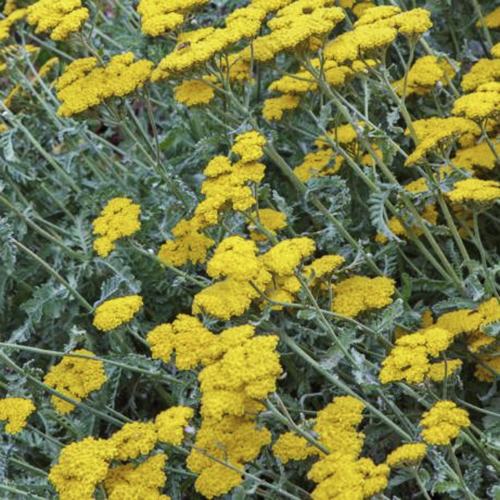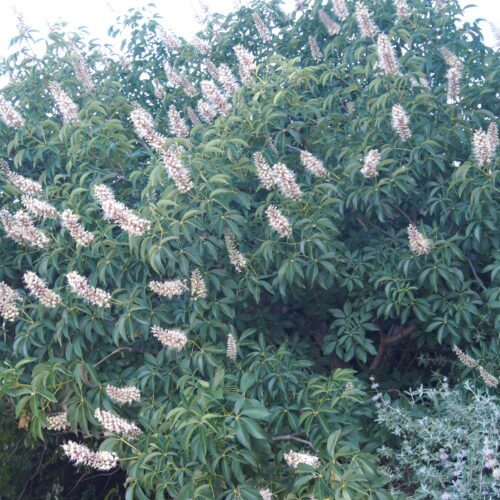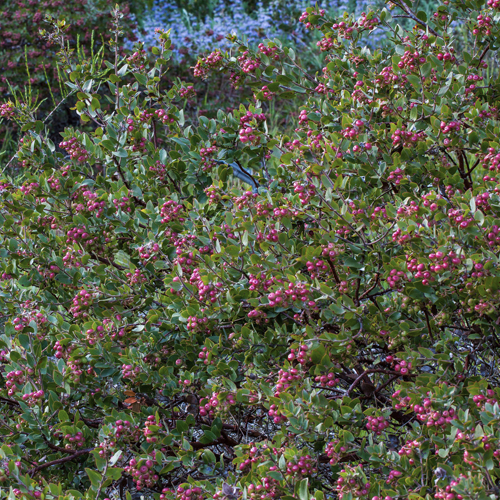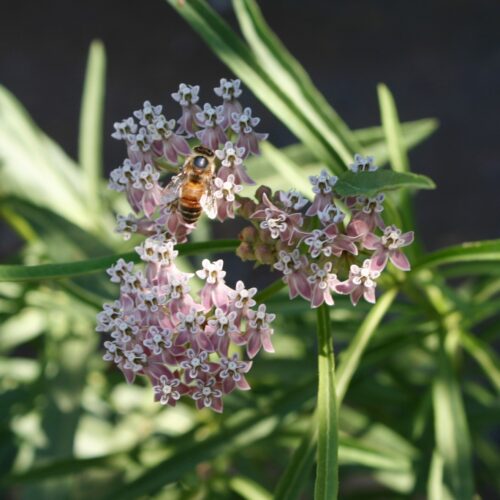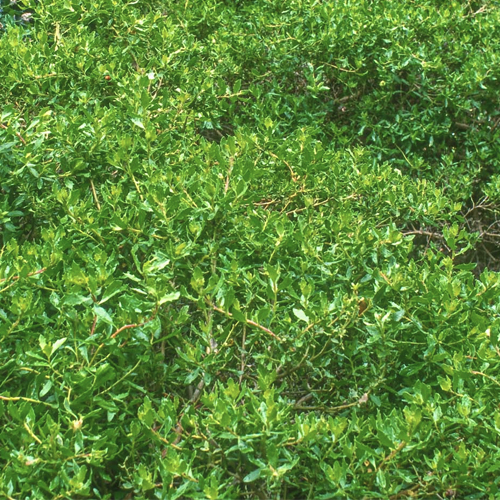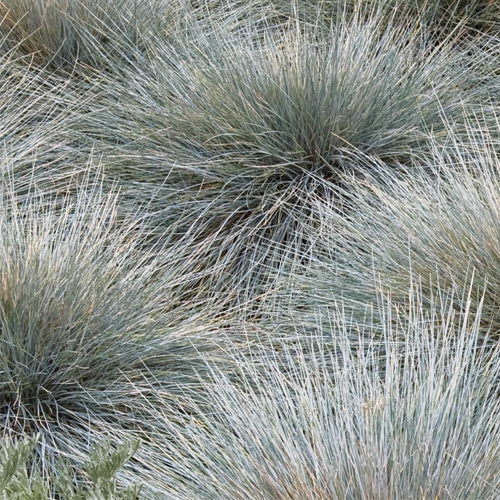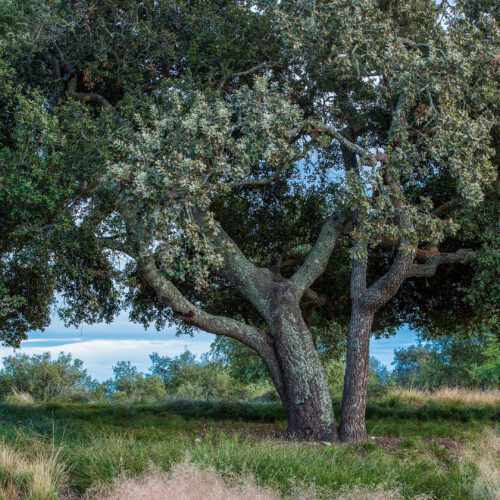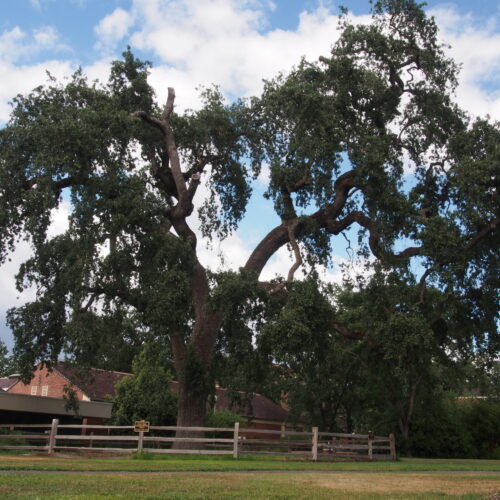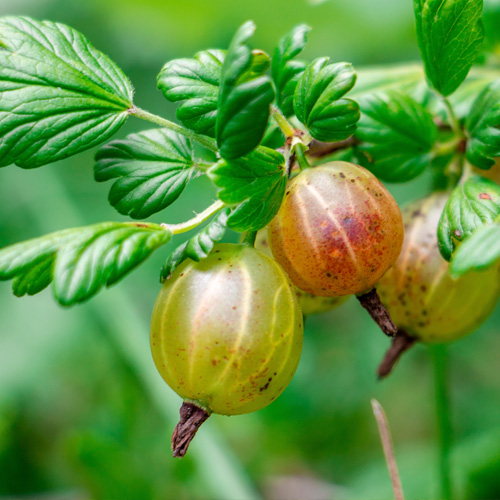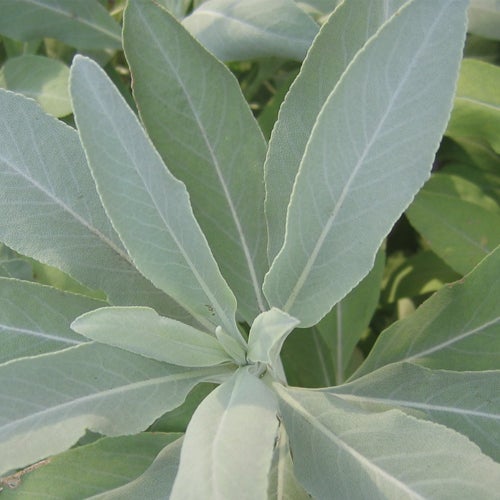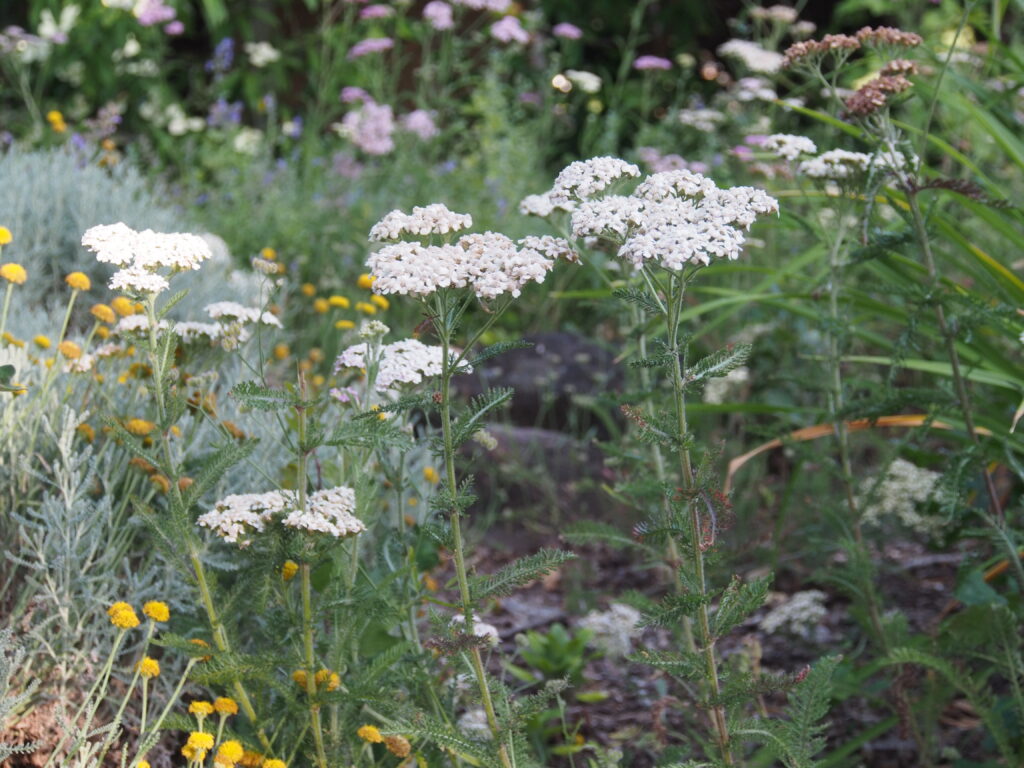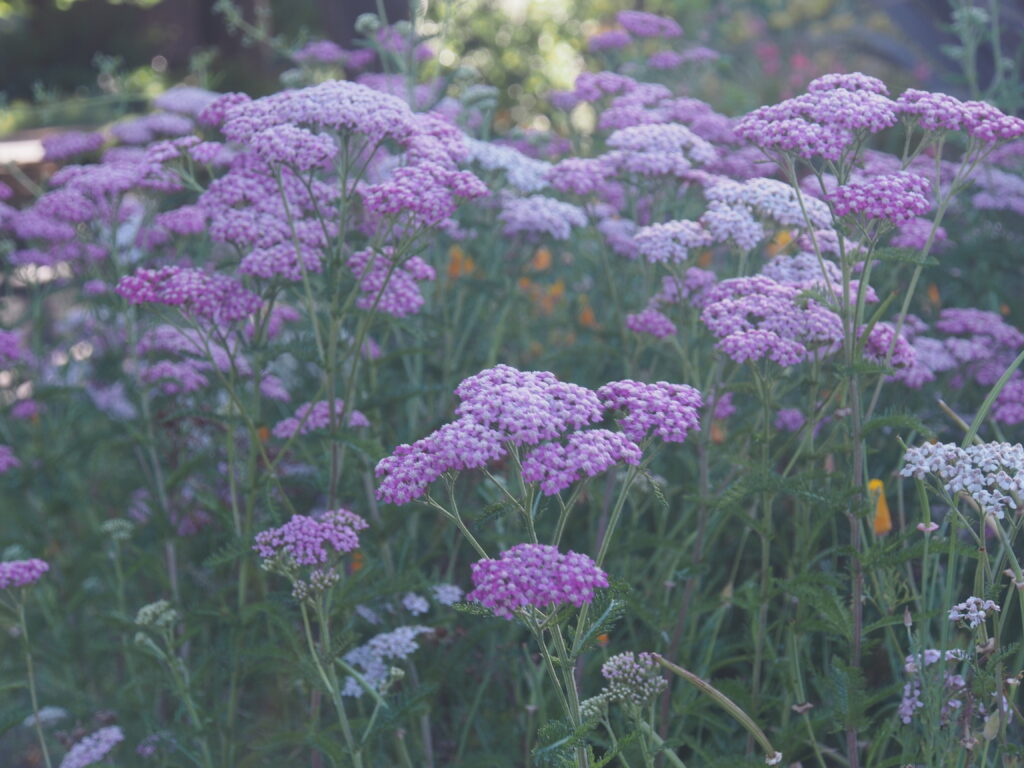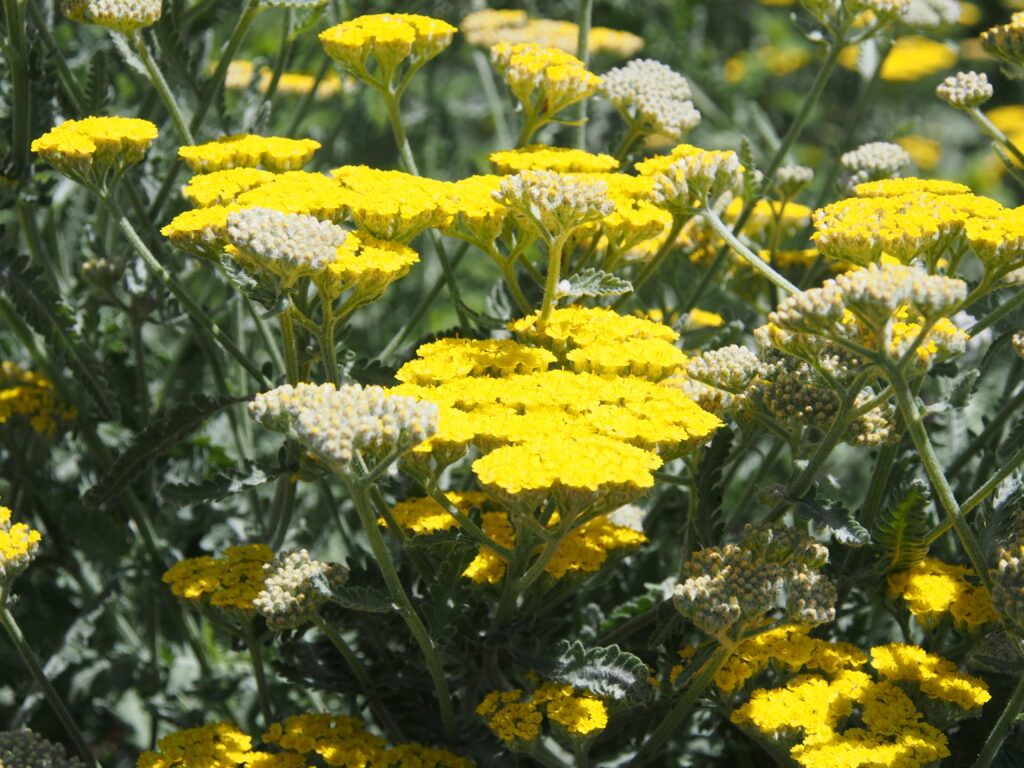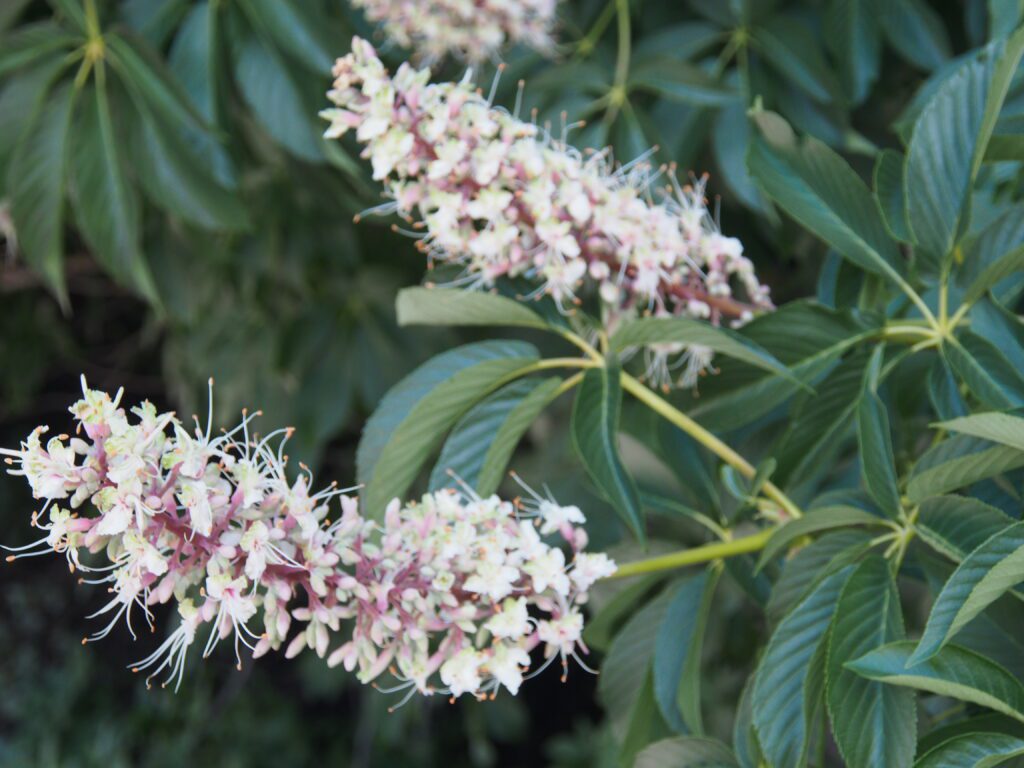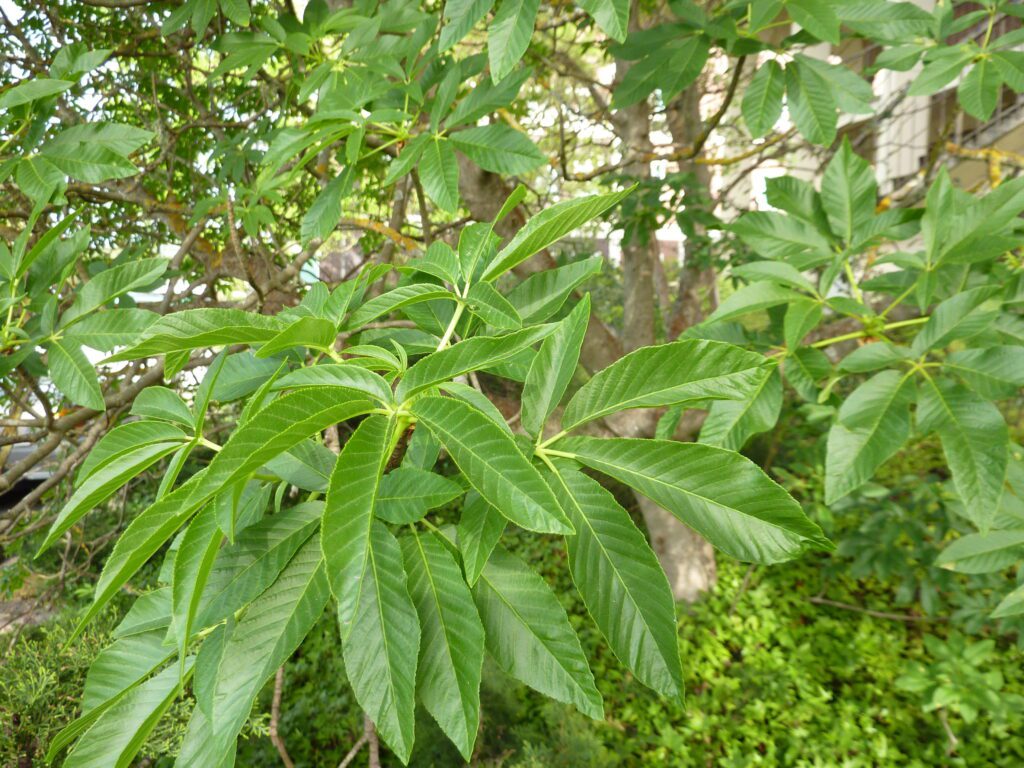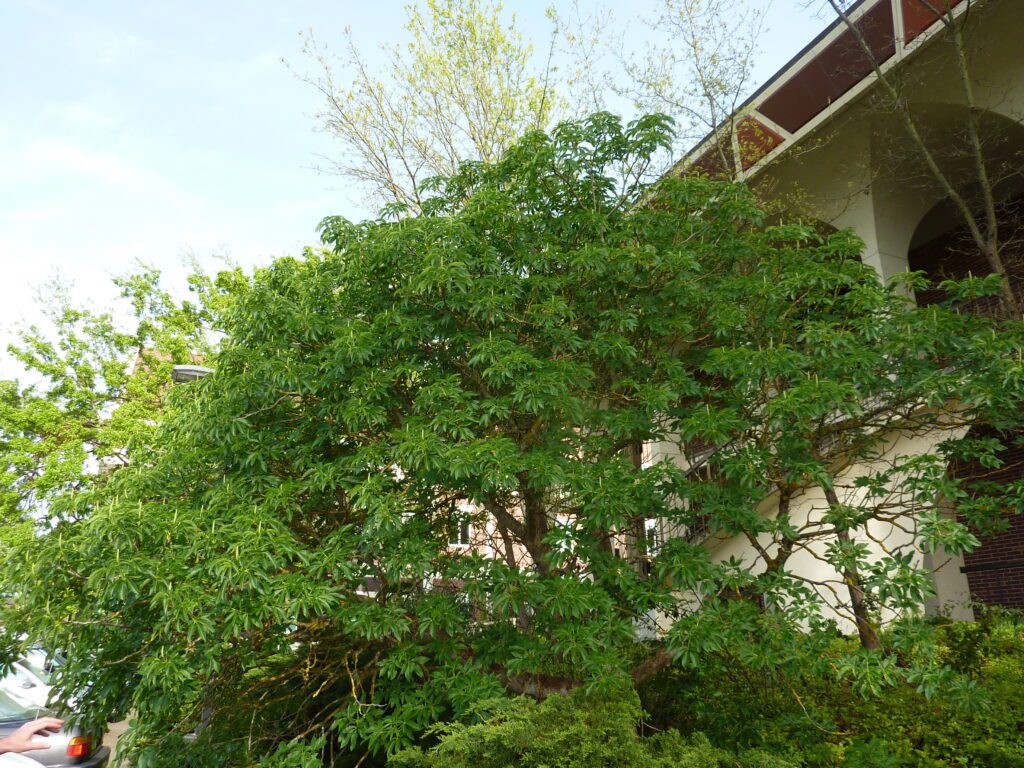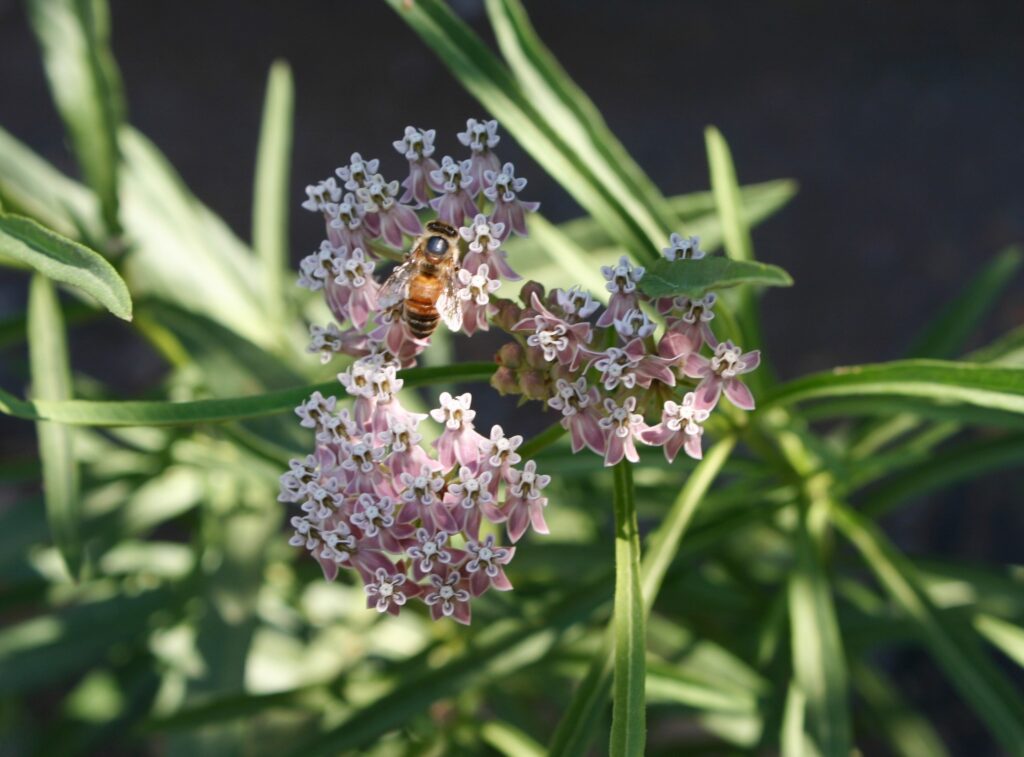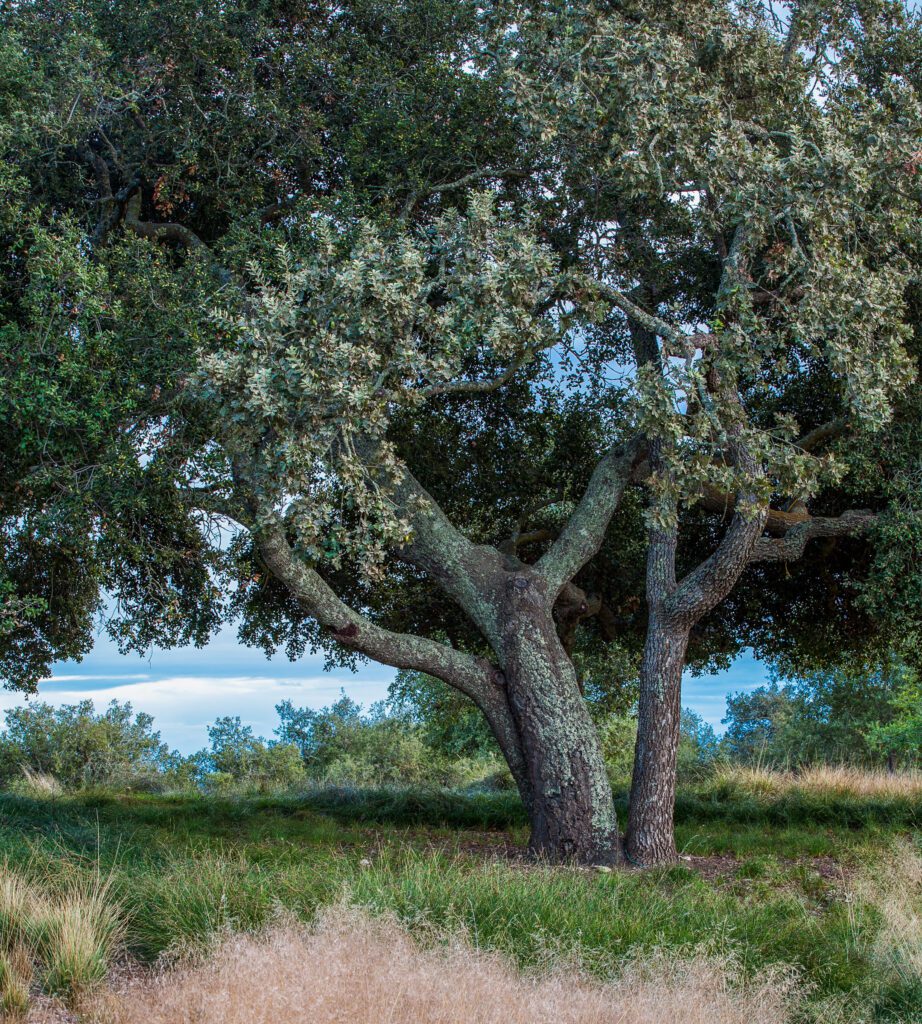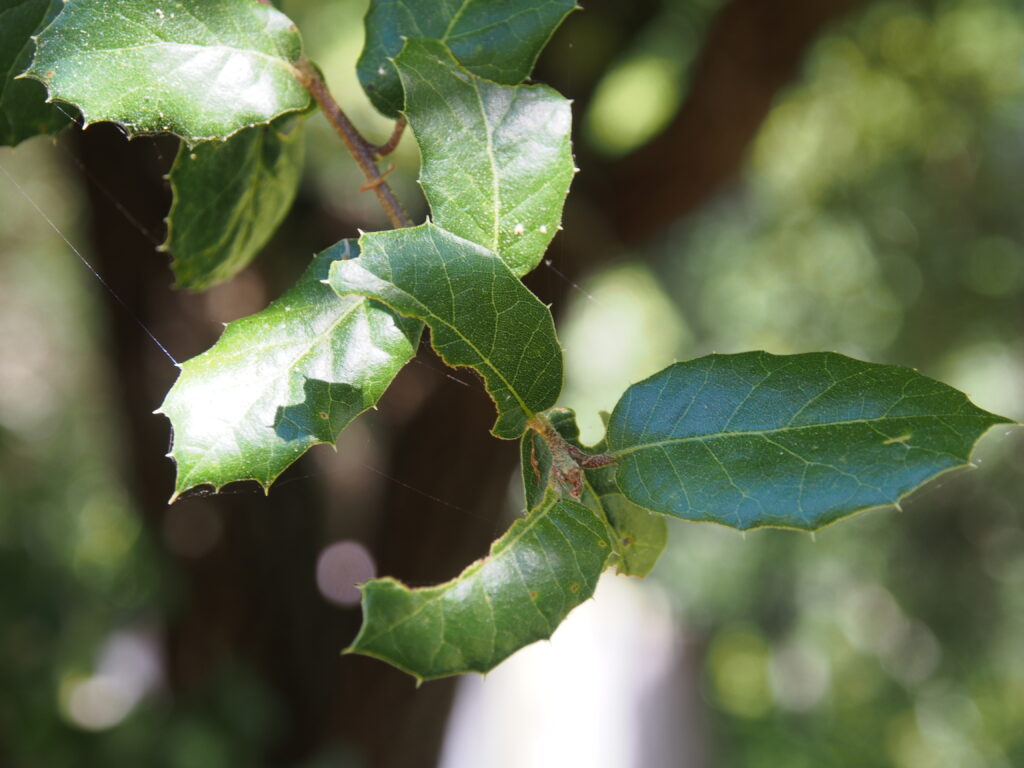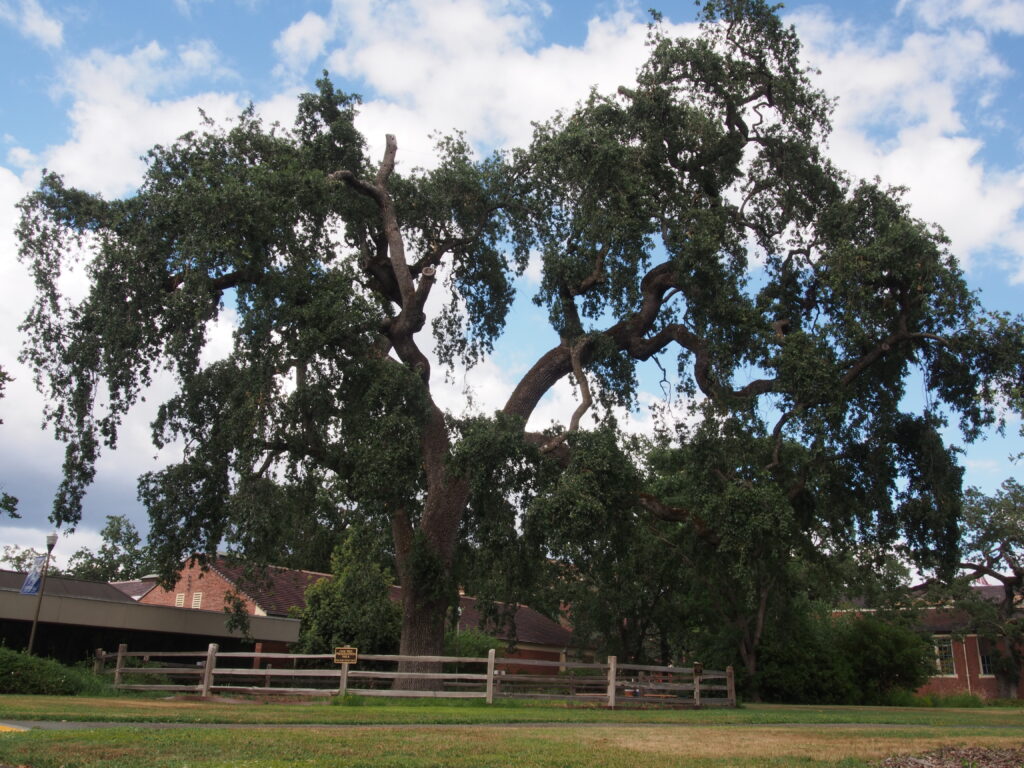Sonoma Garden Park
BACK TO FULL TOUR
Garden Features
Drought Tolerant
Edible Garden
California Natives
Drip Irrigation
Pesticide Free
Rainwater Harvesting System
Rain Garden
Sheet Mulching
Wildlife Habitat
Partner: Sonoma Ecology Center
At Sonoma Garden Park, our dedication to cultivating a vibrant and sustainable environment is evident in every corner. Over the years, we have meticulously developed the garden, blending organic principles with community engagement. Visitors will find themselves immersed in a diverse tapestry of plant life, from native species to carefully curated botanical wonders. Our garden development emphasizes biodiversity, creating a harmonious ecosystem that supports local flora and fauna.
Sonoma Garden Park is more than just a collection of plants; it’s a living showcase of sustainable practices and educational opportunities. Wander through themed gardens that celebrate the richness of Sonoma’s agricultural heritage. Engage with our knowledgeable staff and volunteers who are passionate about sharing insights on permaculture, water conservation, and eco-friendly gardening. The park features interactive workshops, events, and demonstrations, inviting individuals of all ages to deepen their connection with nature.
Explore the labyrinth of pathways adorned with vibrant blooms, leading you to hidden nooks designed for quiet contemplation. The community gathering spaces provide a backdrop for shared experiences, fostering connections among neighbors and friends. As you meander through Sonoma Garden Park, you’ll discover the perfect blend of serenity and inspiration.
Central to our ethos is a commitment to responsible water use. Sonoma Garden Park exemplifies water-wise gardening practices, showcasing how lush landscapes can coexist with conservation efforts. Through innovative irrigation systems, rainwater harvesting, and drought-resistant plant selections, we demonstrate that sustainable landscaping is not just a concept but a thriving reality. Our educational programs emphasize the importance of water conservation, empowering visitors to implement eco-conscious practices in their own homes.
Special Events
Plants in this Garden
Favorite Plants
Douglas Iris
Iris douglasiana
California Poppy
Eschscholzia californica
Redwood Sorrel
Oxalis oregana
Coast Redwood
Sequoia sempervirens
California Buckeye
Aesculus californica
Favorite Garden Suppliers
Sonoma Garden Park Native Plant Nursery
19996 7th Street East Sonoma
Recommended Resources
Calflora.org
Calflora provides a platform for discovering information about California's wild plant life, including both native species and weeds.California Bees and Blooms: A Guide for Gardeners and Naturalists
Written by Dr. Gordon FrankieGardening Tips
Start small, less is more, and fail forward!
Enjoy the process and don’t get overwhelmed.
Late Winter is the perfect time to plant natives!
Take advantage of the rain before the dry summer heat sets in.
